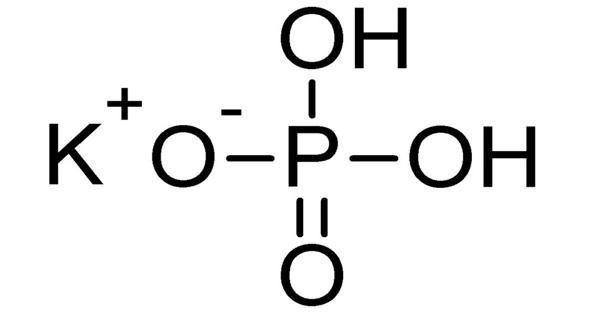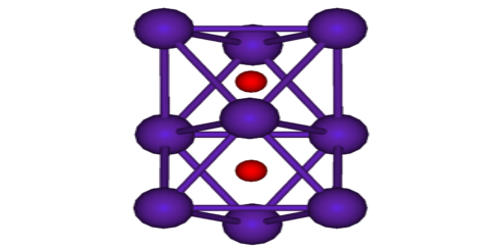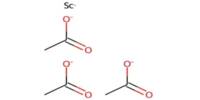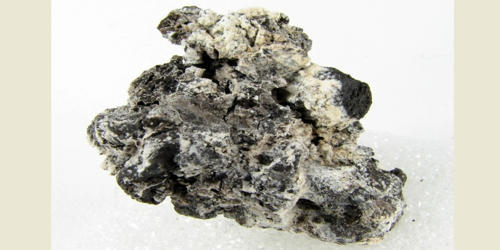Monopotassium phosphate (MKP) is a soluble salt of potassium and the dihydrogen phosphate ion. It is also known as, potassium dihydrogen phosphate, KDP, or monobasic potassium phosphate) is the inorganic compound with the formula KH2PO4. It is a source of phosphorus and potassium as well as a buffering agent. Together with dipotassium phosphate (K2HPO4.(H2O)x) it is often used as a fertilizer, food additive, and buffering agent. It can be used in fertilizer mixtures to reduce the escape of ammonia by keeping pH low. The salt often cocrystallized with the dipotassium salt as well as with phosphoric acid.
Single crystals are paraelectric at room temperature. At temperatures below −150°C (−238 °F), they become ferroelectric.
Structure
Monopotassium phosphate can exist in several polymorphs. At room temperature it forms paraelectric crystals with tetragonal symmetry. Upon cooling to −150 °C (−238 °F) it transforms to a ferroelectric phase of orthorhombic symmetry, and the transition temperature shifts up to −50 °C (−58 °F) when hydrogen is replaced by deuterium. Heating to 190 °C (374 °F) changes its structure to monoclinic. When heated further, MKP decomposes, by loss of water, to potassium metaphosphate, KPO3, at 400 °C (752 °F).
Potassium is the major cation of intracellular fluid and is essential for maintenance of acid-base balance, isotonicity, and electrodynamic characteristics of the cell. Phosphorus has a number of important functions in the biochemistry of the body. The bulk of the body’s phosphorus is located in the bones, where it plays a key role in osteoblastic and osteoclastic activities.

Applications
Fertilizer-grade MKP powder contains the equivalent of 52% P2O5 and 34% K2O, and is labeled NPK 0-52-34. MKP powder is often used as a nutrient source in the greenhouse trade and in hydroponics.
It is used in buffers, nutrient solutions, yeast foods, special liquid fertilizers, sonar systems and other electronic applications.
As a crystal, MKP is noted for its non-linear optical properties. Used in optical modulators and for non-linear optics such as second-harmonic generation (SHG).
Also to be noted is KD*P, potassium dideuterium phosphate, with slightly different properties. Highly deuterated KDP is used in nonlinear frequency conversion of laser light instead of protonated (regular) KDP due to the fact that the replacement of protons with deuterons in the crystal shifts the third overtone of the strong OH molecular stretch to longer wavelengths, moving it mostly out of the range of the fundamental line at approximately 1064 nm of neodymium-based lasers.
It is used as a nutritional supplement in foods, a nonlinear optical material for laser use, and in wastewater treatment.
Monopotassium phosphate is used as an ingredient in sports drinks such as Gatorade and Powerade.
Information Source:















